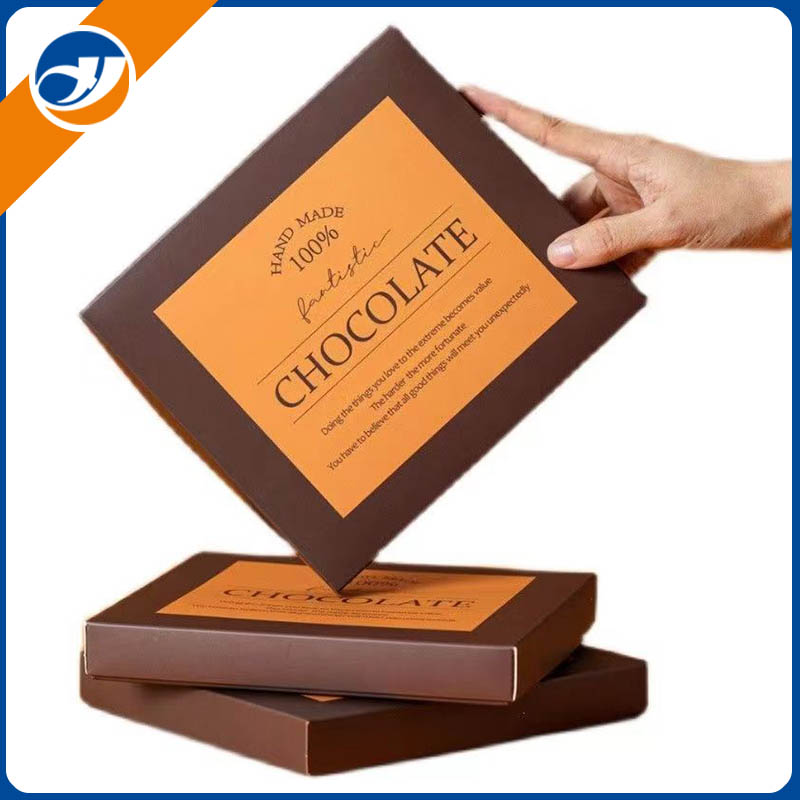
- English
- Español
- Português
- русский
- Français
- 日本語
- Deutsch
- tiếng Việt
- Italiano
- Nederlands
- ภาษาไทย
- Polski
- 한국어
- Svenska
- magyar
- Malay
- বাংলা ভাষার
- Dansk
- Suomi
- हिन्दी
- Pilipino
- Türkçe
- Gaeilge
- العربية
- Indonesia
- Norsk
- تمل
- český
- ελληνικά
- український
- Javanese
- فارسی
- தமிழ்
- తెలుగు
- नेपाली
- Burmese
- български
- ລາວ
- Latine
- Қазақша
- Euskal
- Azərbaycan
- Slovenský jazyk
- Македонски
- Lietuvos
- Eesti Keel
- Română
- Slovenski
- मराठी
- Srpski језик
How Does Food Carton Packing Help Keep Food Fresh?
2024-09-24

Kuinka elintarvikepakkauspakkaus toimii ruoan pitämiseksi tuoreena?
Food carton packing works to keep food fresh by creating a barrier between the food and the outside environment. The carton is typically made from a combination of paperboard and plastic, which provides both insulation and strength. This barrier helps to protect the food from moisture, air, and light, which can cause spoilage or damage. Additionally, the packaging may include features like air vents or resealable closures to help regulate the atmosphere inside and keep the food fresh for longer periods.What types of food can be packed in cartons?
Elintarvikepakkauksia voidaan käyttää monenlaisiin elintarvikkeisiin, mukaan lukien maitotuotteet, tuoretuotteet, leipomotuotteet ja jopa pakasteet. Pakkaus voidaan räätälöidä sopimaan tiettyihin tuotteisiin, ja siinä on ominaisuuksia, kuten ikkunoita tai rei'ityksiä, jotka parantavat esittelyä tai käyttöä.Miten elintarvikepakkauspakkaus verrattuna muihin pakkaustyyppeihin?
Verrattuna muihin pakkaustyyppeihin, kuten muovi- ja metallitölkkiin, elintarvikepakkauspakkauksella on useita etuja. Se on tyypillisesti ympäristöystävällisempi, koska se voidaan valmistaa kierrätysmateriaaleista ja se on biohajoava. Se on myös kevyt, mikä auttaa vähentämään toimituskuluja ja kasvihuonekaasupäästöjä. Lisäksi laatikot ovat pinottavia ja tilaa säästäviä, mikä tekee niistä ihanteellisia sekä varasto- että vähittäisnäyttelyihin.Yhteenvetona voidaan todeta, että elintarvikepakkauspakkaus on tehokas ja kestävä ratkaisu ruoan pitämiseen tuoreena. Luomalla suojaavan esteen elintarvikkeiden ja ulkoympäristön välille laatikot auttavat ylläpitämään erilaisten elintarvikkeiden laatua ja säilyvyyttä.
Qingdao Zemeijia Packaging Products Co., Ltd. on johtava elintarvikepakkauspakkausten valmistaja, joka on sitoutunut laatuun ja kestävyyteen. Tuotteemme on valmistettu kierrätetyistä materiaaleista ja suunniteltu minimoimaan jätettä ja ympäristövaikutuksia. Lisätietoja on verkkosivuillamme osoitteessahttps://www.zmjpackaging.com or contact us at [email protected].Viitteet:
1. Smith, J. et ai. (2018). "Effect of Food Packaging Materials on Shelf Life of Canned Food Products", International Journal of Food Science and Technology, 53(7), 1712-1722.
2. Brown, A. et ai. (2017). "Kestävä elintarvikepakkaus: edistys ja haasteet", Trends in Food Science and Technology, 71, 88-101.
3. Johnson, R. et ai. (2016). "Innovations in Food Packaging: A Review", Journal of Food Science and Technology, 53(6), 2022-2031.
4. Nguyen, T. et al. (2015). "Impact of Packaging Materials on Shelf-Life of Fresh Produce: A Review", Journal of Agricultural and Food Chemistry, 63(44), 9731-9743.
5. Kim, H. et ai. (2014). "Biohajoavien elintarvikepakkausmateriaalien kehittäminen", Journal of Polymers and the Environment, 22(4), 472-480.
6. Gao, Y. et al. (2013). "Food Packaging: A Comprehensive Review and Future Trends", Comprehensive Reviews in Food Science and Food Safety, 12(5), 570-585.
7. Welle, F. et al. (2012). "Sustainability Assessment of Food Packaging", Journal of Cleaner Production, 28, 187-199.
8. Yam, K. et ai. (2011). "Effect of Food Packaging Materials on Shelf Life of Meat Products: A Review", International Journal of Food Science and Technology, 46(12), 2442-2453.
9. Robertson, G. et ai. (2010). "Ruokan pakkaus ja säilyvyys: käytännön opas", CRC Press.
10. Han, J. et ai. (2009). "A Review of Food Packaging Technologies and Innovations for the Food Industry", Journal of Food Science, 74(7), R37-R46.



